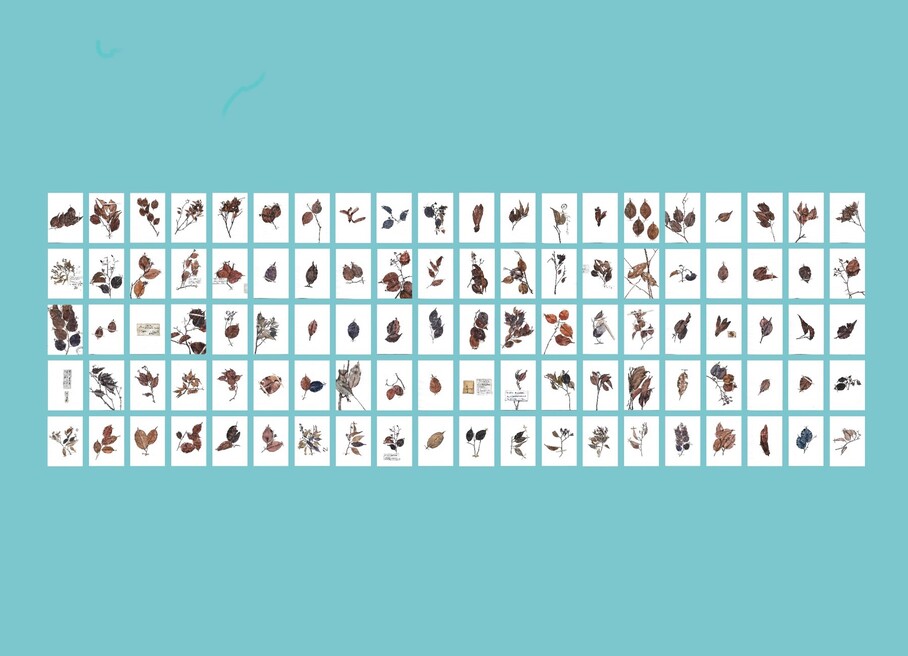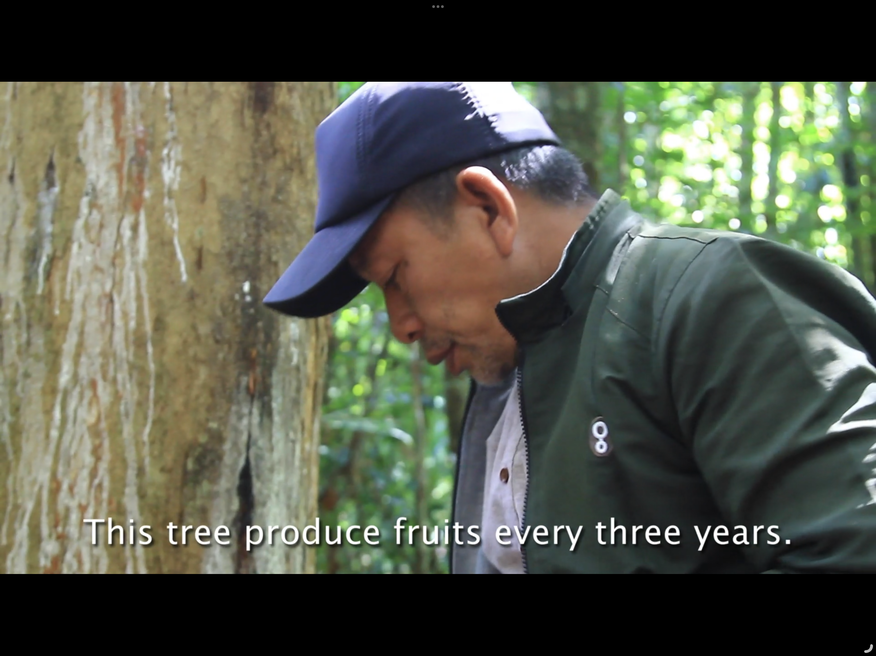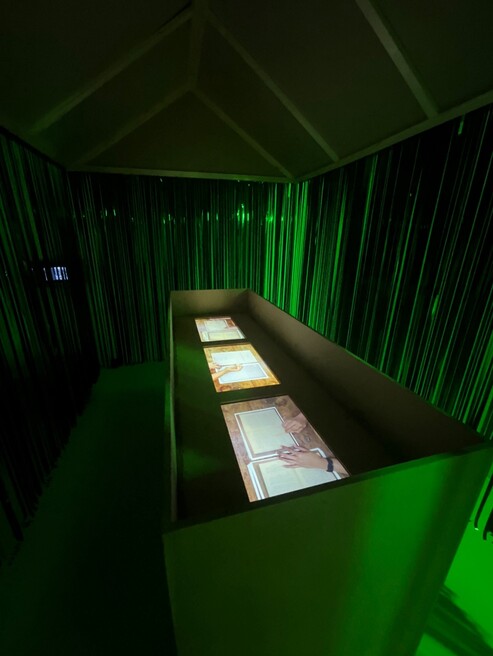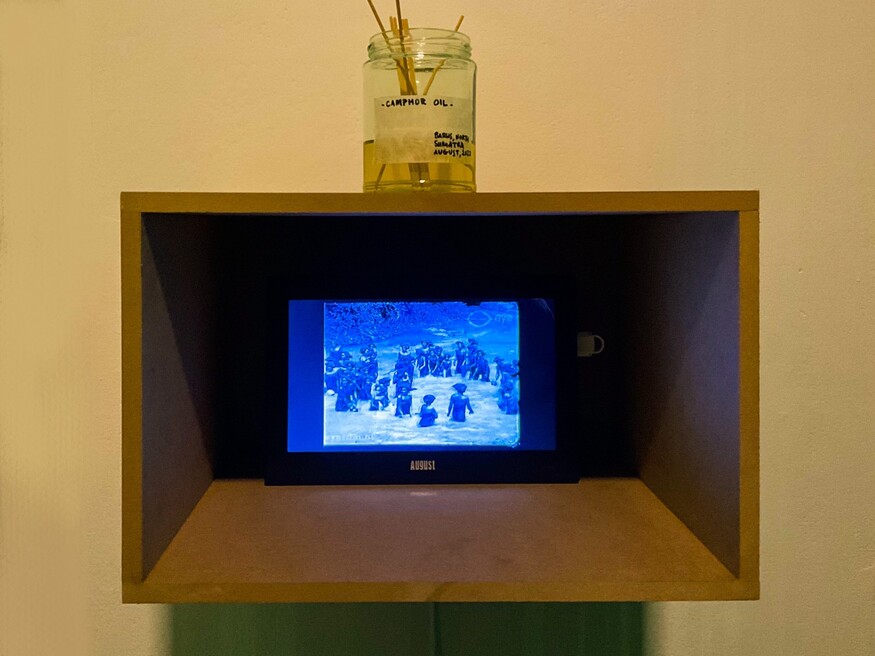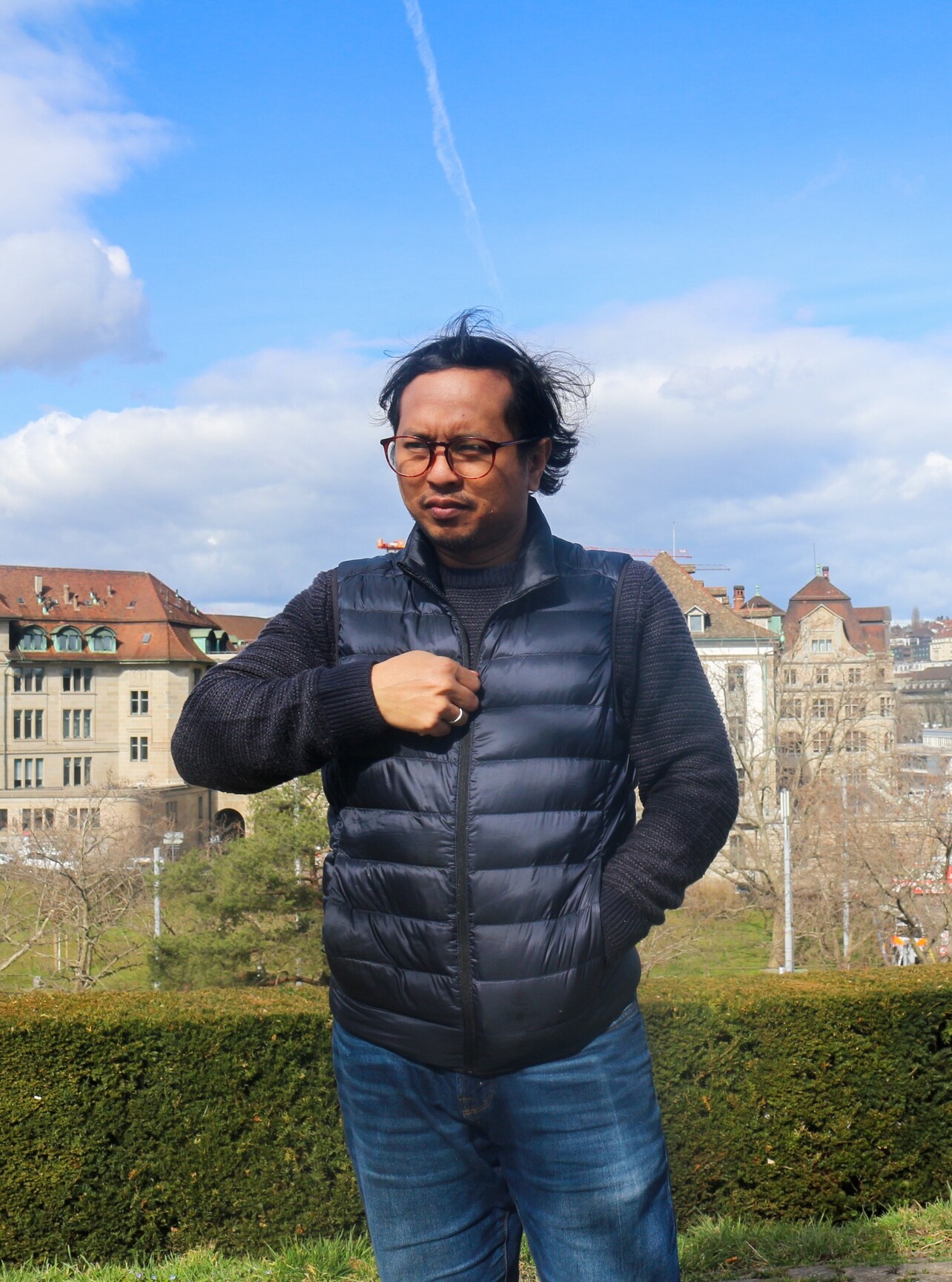Aliansyah Caniago
area: Visual Art, Performance, Art & Ecology
Key Facts
nationality
Indonesiaarea
Visual Art, Performance, Art & Ecologyresidence
Londonrecommending institution
MQtime period
March 2024 - April 2024Aliansyah Caniago (b.1987) lives and works between Indonesia and the UK. Through site-specific interventions, installations, and durational performances, he integrates his works with society, creatively addressing conflicts to retrieve damaged environments. He observed how industrialisation raises issues of gentrification and how they affect a particular community: land use conflicts, waste, resources, and contested space.
Since 2016, he has been researching on Barus, a village in North Sumatra named after an extinct Camphor tree, a project that explores Indonesia’s modernity and its colonial legacy. The Barus Camphor tree prompts an exploration of indigenous knowledge and kinship with the forest lost to colonial practices. In 2023, he created an installation In Search of Nan Tar Tar Nan Tor Tor, a living spirit that lives in the Camphor tree and manifested as the camphor crystal. The installation is built based on the film works by L. P. de Bussy, a Dutch plantation biologist who made documentary films in North Sumatra in early 1900s. For him, celluloids and films are Her new hideout since all the camphor forest in North Sumatra was lost to support the invention of celluloids and development of film industries in the Global North.
Aliansyah has presented his works in various events and institutions, including Science Museum:Reconnect/Recollect, London, UK (2023), Documenta 15: Lumbung, Wagi-Wagi Art Lab, Kassel, Germany (2022), Institute of Advance Studies at Loughborough University: Radar-Ecological Thinking, UK (2021), Contemporary Art Tasmania: Composing Archipelagos, Australia (2021), MUMA – Monash University Museum of Art: Unsettlement, Australia (2018), Institute d’Art Contemporain, 14th Lyon Biennale: Rendesvous, France (2017), Jakarta Biennale: Jiwa, Indonesia (2017), and Kunstencentrum STUK Leuven: Europalia-Monsoon Project, Belgium (2017).
Alongside his practice, he is also one of the founders of an artist collective in Bandung, Ruang Gerilya, which provides a platform for experimental works with a focus on artist’s process and research. In 2023, Aliansyah has awarded as the recipient of Unconditional Trust: Indonesian Grant from Asian Art Archive and ParaSite in Hongkong and just finished his study at MA Art and Ecology at Goldsmiths University of London.
My current project is about Barus. Barus is a small village on the western coast of North Sumatra, Indonesia, where my parents come from. The town was named after the Camphor tree, as it was famous for producing camphor in the past. Curiously, none of my family nor villagers had ever seen the tree. Most of them only kept a resin from the tree as a family legacy. For many locals nowadays, this tree’s undated absence has made it more like a myth rather than a history that shaped their identity today. This project about the Camphor tree requires me to unpack the history of modernity in Indonesia and my heritage of European colonialism. At the end of the 1800s, the invention of celluloid films in the global north accelerated the global demand for Camphor trees – the primary source for making celluloid films – and the colonial powers’ massive exploitation of this tree. Exploiting this tree not only pushed it to extinction in that area but also left a long-duree impact on the human and non-human beings living under its canopy. The colonial powers’ extractive system destroyed the indigenous people’s kinship and knowledge of their land and replaced them with their “scientific knowledge”. After the trees’ extinction from the area, many locals were forced to labour in plantations, including palm oil, tobacco, and rubber. Many of these plantations are still in operation, and many villagers must migrate to the city, abandoning the local knowledge and kinship hidden and neglected in our present-day society.
Since 2016, I have been researching the Camphor tree, which goes hand in hand with my artistic practice. During the residency program, I would like to continue researching the Camphor tree on an extensive scale as well as exploring new way of storytelling in my practice; filmmaking and moving images. This research aims to collect as much knowledge as I can about the Camphor tree and life under its canopy from both the perspective of European power and that of the Indigenous. I plan to transform my research findings into installation works and performance as one of the many ways to tell these stories.
Palm to palm Performance by Aliansyah Caniago at MQ Raum D, Wed 03.04.2024, 17 – 19h.
